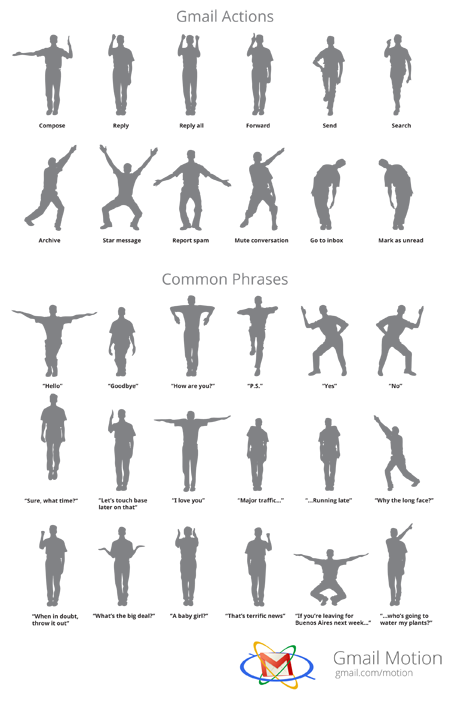Recently, the city of San Francisco banned Mcdonald’s Happy Meals on the grounds that Happy Meals were directly targeting children. More generally, the ban prohibits restaurants from giving away toys with meals that have high levels of calories, sugar and fat. Children, the board of supervisors argued, are a vulnerable audience and should not be subject to promotions for unhealthy living and fast food. This raises an interesting question: who is responsible for “protecting” vulnerable audiences from advertising. In the case of marketing to children, are companies responsible for ensuring that their ads do not target children, or is the onus on parents?
I think that both parties should be responsible, but naturally parents will have more influence on their specific child(ren), whereas companies will be considering children as a collective segment. The San Fran government has stepped in to impose restrictions on companies like McDonalds, but I wonder if a large portion of US states or other countries will follow suit. Lobbyists supporting, for example, fast food, often have substantial influence in politics, which would make it difficult to pass bills that restrict the power of corporations in that industry. I think that the most effective way to protect children, or any vulnerable audience, is through education. Kids who are educated about healthy eating and have role models to look up to are better equipped to make educated decisions about any promotion, whether it is for a chocolate bar, or baby carrots.
That is not to say that corporations are off the hook. I think that corporations have a social responsibility to not take advantage of vulnerable audiences merely to boost their profits. I guess the most important thing is that companies are perceived as ethical; companies will adapt if their consumers demand it.
An interesting note: Arizona has passed a bill to prohibit cities from “limiting the ability of restaurants to offer promotions, including toys, contests, or admission tickets.” Essentially, the ban that San Fran just instated is now banned in Arizona. Funny how that works.

